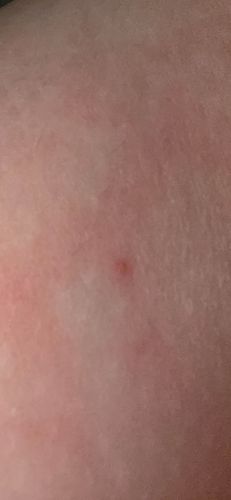Mosquito
Scientific Name: Various genera, e.g., Culex, Aedes, Anopheles
Order & Family: Order: Diptera, Family: Culicidae
Size: Generally 3-6 mm (0.12-0.24 inches) in length

Natural Habitat
Mosquitoes are found globally in various habitats, especially near stagnant water sources like ponds, marshes, ditches, and containers (e.g., old tires, flower pots) for breeding. They also thrive in areas with dense vegetation.
Diet & Feeding
Female mosquitoes feed on blood (from humans, mammals, birds, etc.) and plant nectar. Male mosquitoes feed exclusively on plant nectar and juices.
Behavior Patterns
Mosquitoes are most active during dawn and dusk. Only female mosquitoes bite, as they require a blood meal to produce eggs. Males feed on nectar and plant juices. They are attracted to carbon dioxide, body heat, and certain chemicals present on human skin.
Risks & Benefits
Potential Risks: Mosquitoes are vectors for numerous diseases, including West Nile Virus, Zika Virus, Dengue Fever, Malaria, and Chikungunya. Their bites cause itchy welts. Potential Benefits: In their larval stage, they can be a food source for aquatic organisms. Adult mosquitoes are also a food source for some predators like birds, bats, and other insects. They can also play a minor role in pollination as they feed on nectar.
Identified on: 9/4/2025